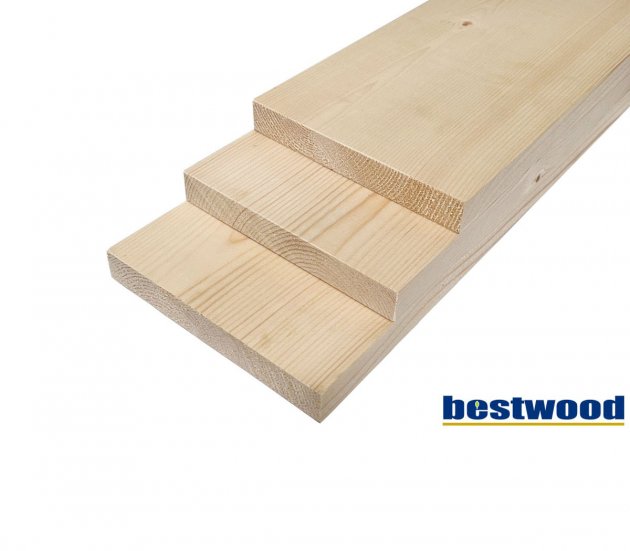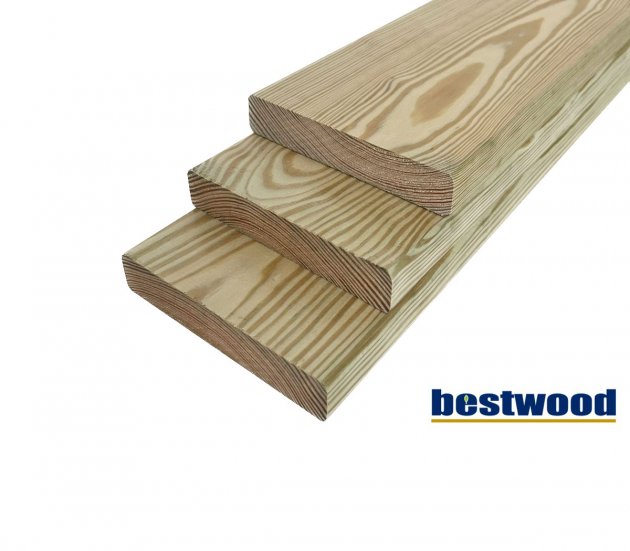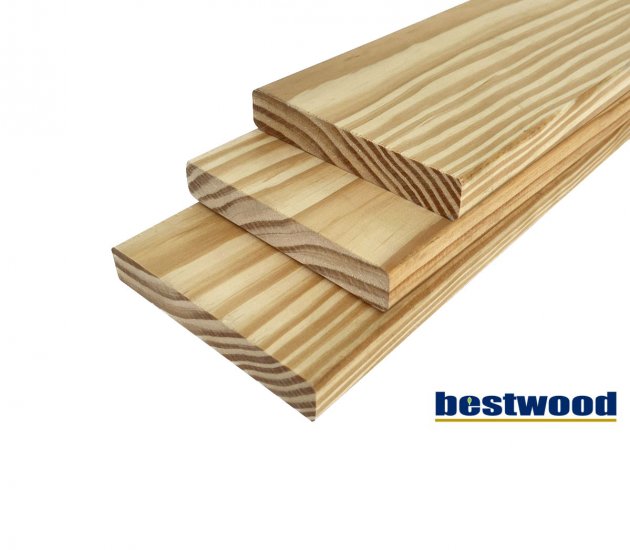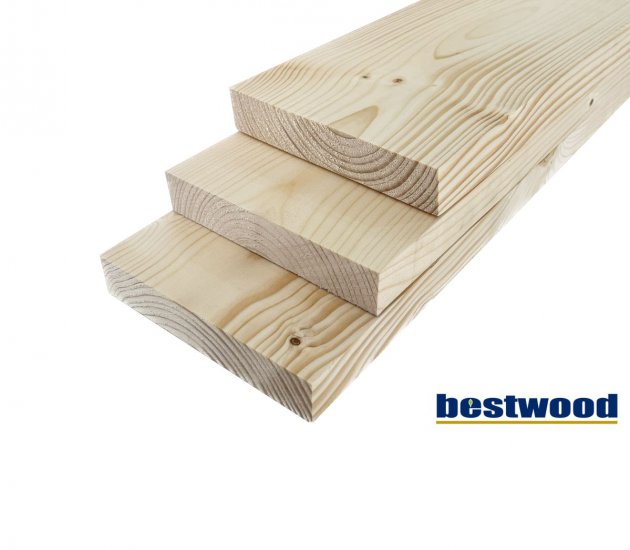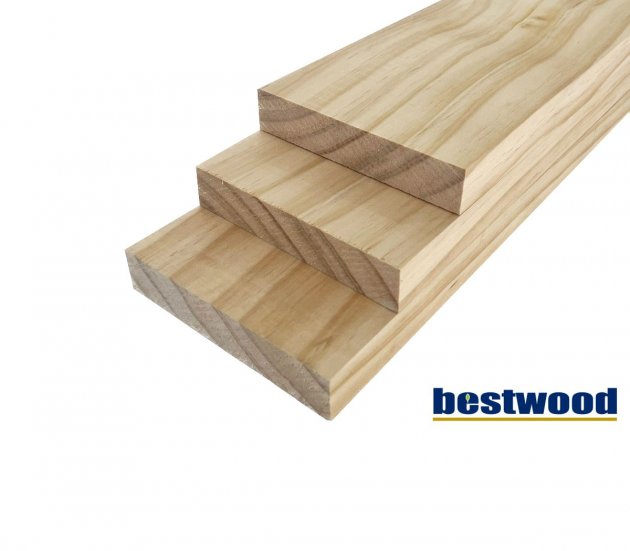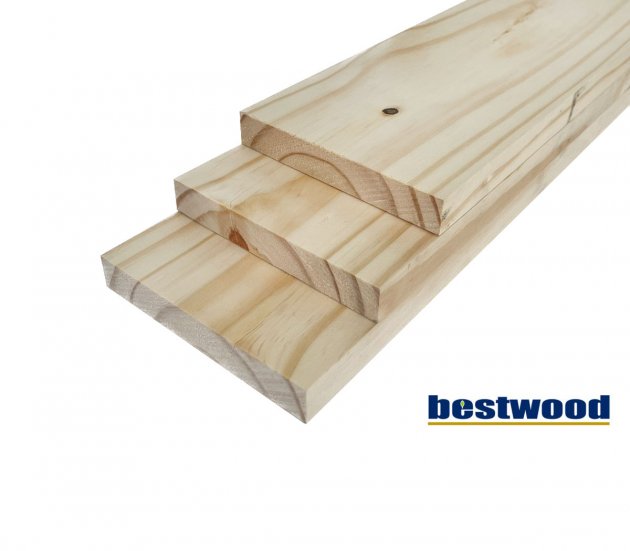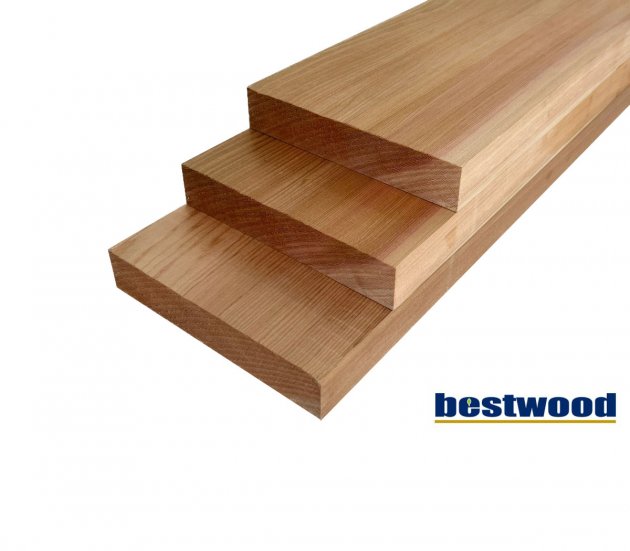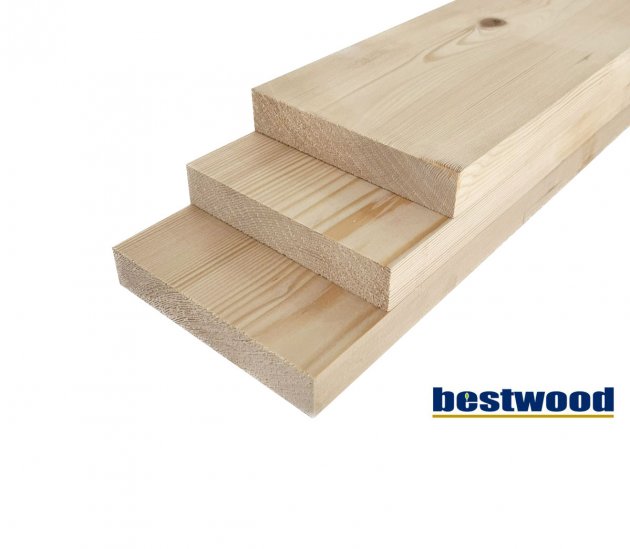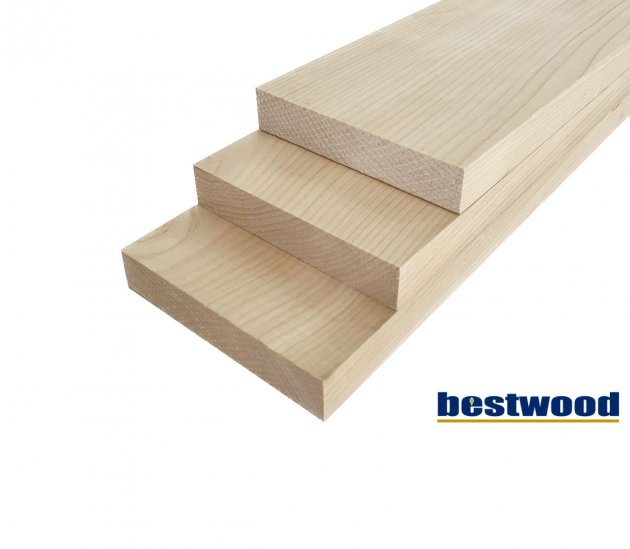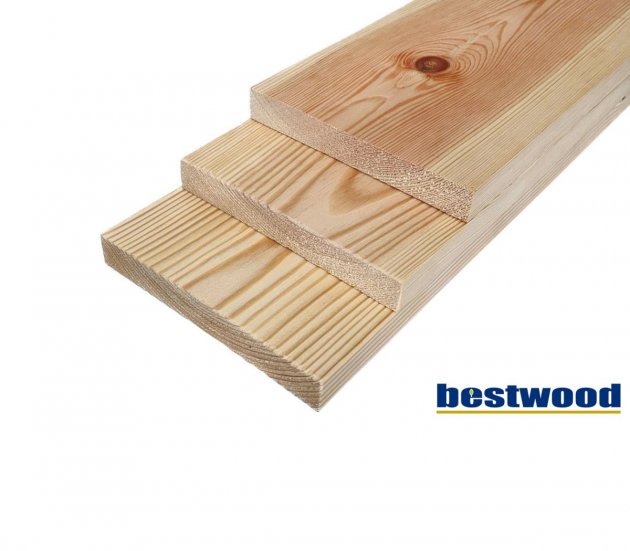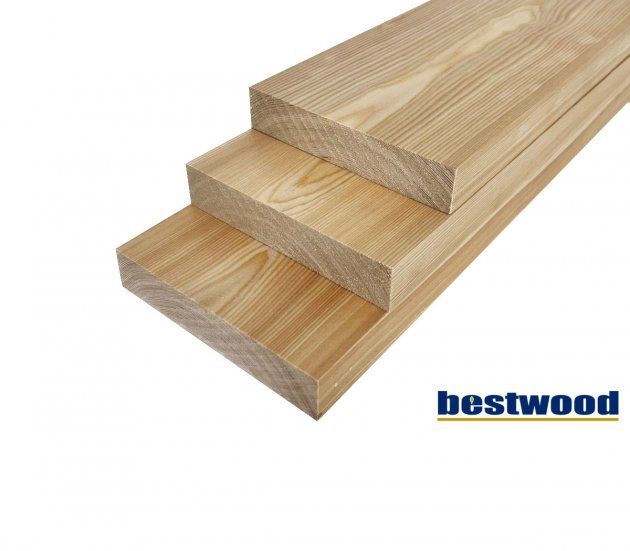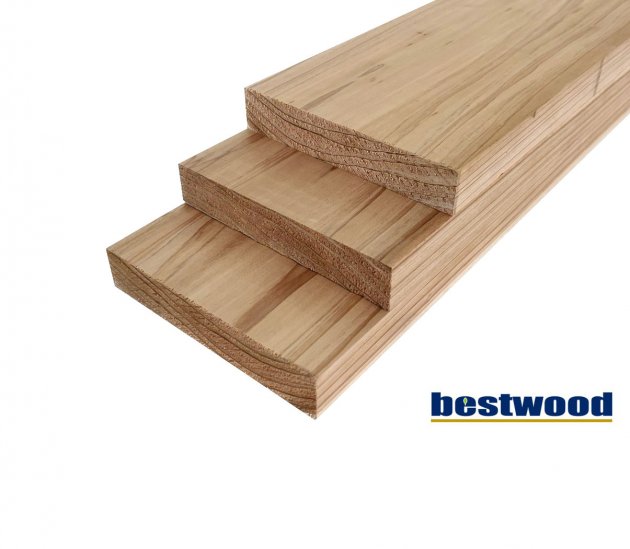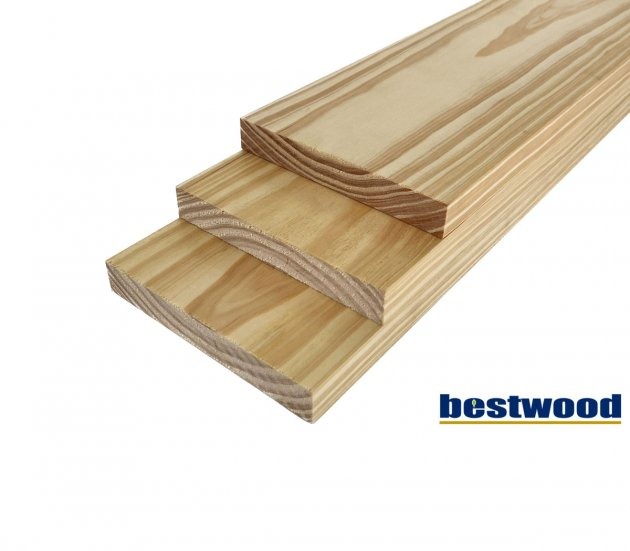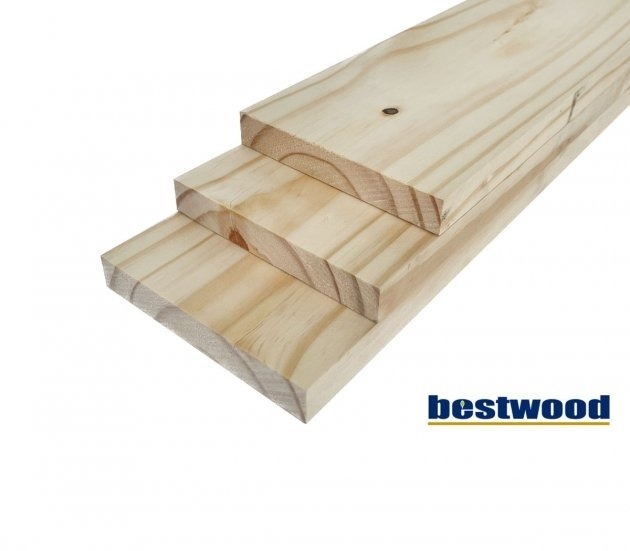Grade :NO.2 COMMON/ NO.2 &BTR J-Grade/
NO.3 COMMON/ NO.3 &BTR/ NO.4 &BTR
Surface Processing :Rough Lumber/ Surfaced Four Sides (S4S)
Area : America/ Canada.
-
Adventage of bestwood
North American spruce, also known as spruce, fir, or pine, refers to a group of softwood tree species with similar physical properties. They are commonly found throughout various regions of the United States and Canada, collectively abbreviated as "Spruce-Pine-Fir" or SPF. The main species include:
White Spruce (Picea glauca)
White spruce exhibits moderate strength and hardness and is commonly found in the southern and central mountainous regions of British Columbia, Canada. Its color ranges from nearly white to grayish-yellow, with a difficulty in distinguishing heartwood from sapwood.
Engelmann Spruce
Engelmann spruce is one of the lightweight commercial softwoods with significant elasticity and strength. Its wood color ranges from white to light yellow, featuring straight grain and ease of processing.
Lodgepole Pine (Pinus contorta)
Lodgepole pine has relatively straight grain, with sapwood appearing white to yellowish and heartwood showing red-brown color. It is easy to process and yields a smooth surface after sawing, with no resin discoloration.-
Subalpine Fir (Abies laciocarpa)
Subalpine fir exhibits moderate strength and lighter weight. Its earlywood ranges from milky white to light brown, while latewood gradually transitions to red-brown or light brown. The grain is straight, making it easy to process.
In the same batch of materials, spruce tends to have a light whitish color, while pine heartwood tends to have a light pinkish color, resulting in an overall appearance in the light color range.

圖片來源:https://www.pinterest.com/ -
-
Spruce-Pine-Fir Specifications

-
左右尚有資訊North American fir, grown in cold regions, has a slow growth rate. After kiln drying (KD), its moisture content decreases to 19%. It boasts tight texture, excellent strength, toughness, nail-holding capability, and bonding properties, along with an appealing appearance, making it a common structural material for wood construction in North America.
In the Taiwanese market, American fir and European spruce are often confused. However, their wood properties are similar, and both can be applied to various wood applications. These include wood structural materials, various interior decoration materials, partition angle materials, tongue-and-groove wall panels and flooring, materials for rustic-style furniture, DIY woodworking materials, and lower grades used for pallet packaging.
Interior decoration and furniture materials
American fir has a mild whitish color and natural grain patterns with knots, providing a visually appealing effect for interior wooden decoration. It's also chosen for furniture materials, contributing to a rustic atmosphere.
Wood structural construction materials
American fir, grown in cold regions with slow growth, exhibits tight texture, excellent strength, toughness, nail-holding capability, and bonding properties. It's widely used in the North American wood structural construction market. The classification of structural materials depends on the grade, where higher grades indicate better structural strength. Factors such as blue stains or sapwood on the wood surface do not affect its structural strength.
-
Spruce-Pine-Fir CharacteristicAdventage of bestwood
North American spruce, also known as spruce, fir, or pine, refers to a group of softwood tree species with similar physical properties. They are commonly found throughout various regions of the United States and Canada, collectively abbreviated as "Spruce-Pine-Fir" or SPF. The main species include:
White Spruce (Picea glauca)
White spruce exhibits moderate strength and hardness and is commonly found in the southern and central mountainous regions of British Columbia, Canada. Its color ranges from nearly white to grayish-yellow, with a difficulty in distinguishing heartwood from sapwood.
Engelmann Spruce
Engelmann spruce is one of the lightweight commercial softwoods with significant elasticity and strength. Its wood color ranges from white to light yellow, featuring straight grain and ease of processing.
Lodgepole Pine (Pinus contorta)
Lodgepole pine has relatively straight grain, with sapwood appearing white to yellowish and heartwood showing red-brown color. It is easy to process and yields a smooth surface after sawing, with no resin discoloration.-
Subalpine Fir (Abies laciocarpa)
Subalpine fir exhibits moderate strength and lighter weight. Its earlywood ranges from milky white to light brown, while latewood gradually transitions to red-brown or light brown. The grain is straight, making it easy to process.
In the same batch of materials, spruce tends to have a light whitish color, while pine heartwood tends to have a light pinkish color, resulting in an overall appearance in the light color range.

圖片來源:https://www.pinterest.com/ -
-
Spruce-Pine-Fir Specifications
Spruce-Pine-Fir Specifications

-
Spruce-Pine-Fir Applications左右尚有資訊North American fir, grown in cold regions, has a slow growth rate. After kiln drying (KD), its moisture content decreases to 19%. It boasts tight texture, excellent strength, toughness, nail-holding capability, and bonding properties, along with an appealing appearance, making it a common structural material for wood construction in North America.
In the Taiwanese market, American fir and European spruce are often confused. However, their wood properties are similar, and both can be applied to various wood applications. These include wood structural materials, various interior decoration materials, partition angle materials, tongue-and-groove wall panels and flooring, materials for rustic-style furniture, DIY woodworking materials, and lower grades used for pallet packaging.
Interior decoration and furniture materials
American fir has a mild whitish color and natural grain patterns with knots, providing a visually appealing effect for interior wooden decoration. It's also chosen for furniture materials, contributing to a rustic atmosphere.
Wood structural construction materials
American fir, grown in cold regions with slow growth, exhibits tight texture, excellent strength, toughness, nail-holding capability, and bonding properties. It's widely used in the North American wood structural construction market. The classification of structural materials depends on the grade, where higher grades indicate better structural strength. Factors such as blue stains or sapwood on the wood surface do not affect its structural strength.

